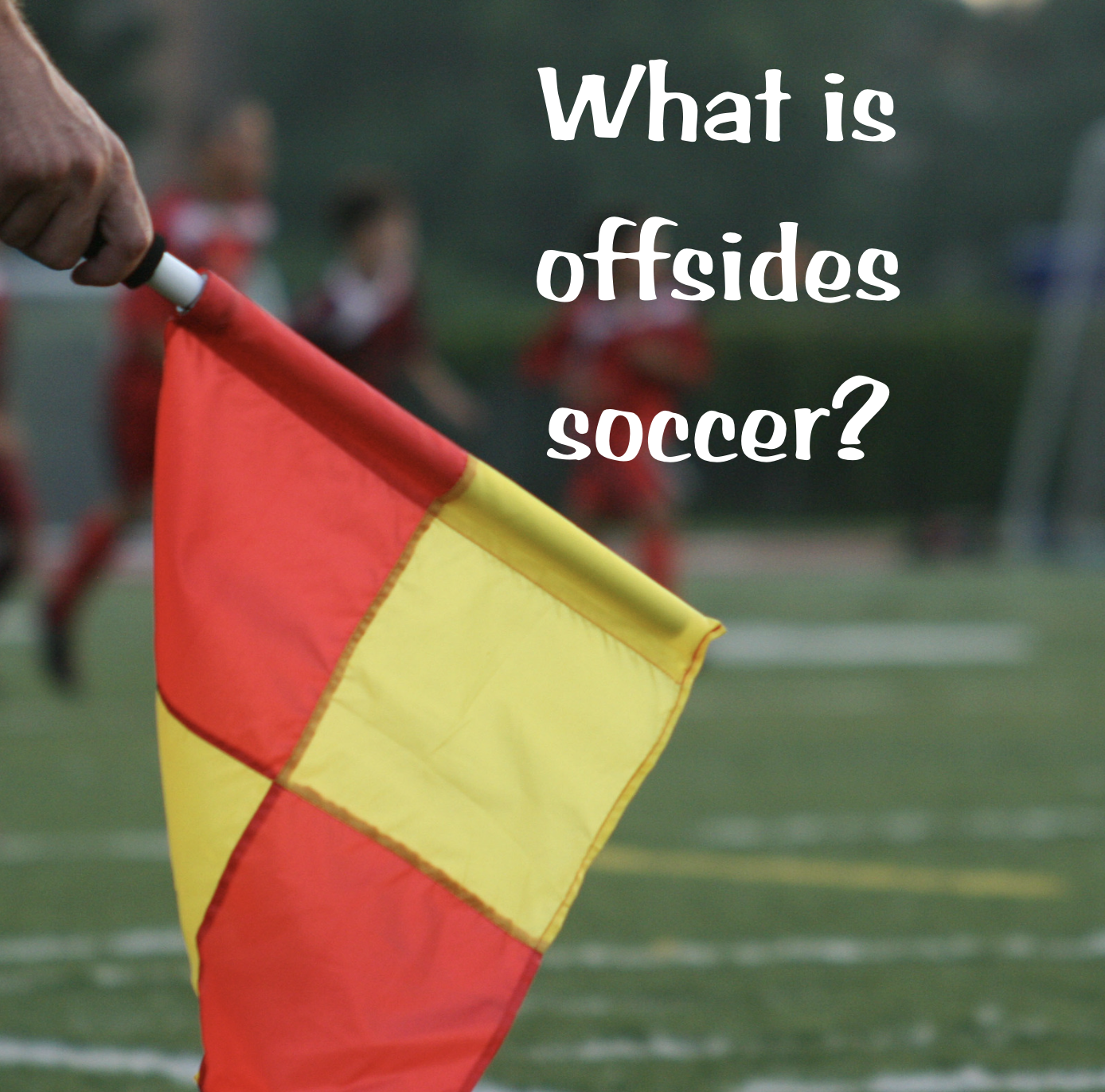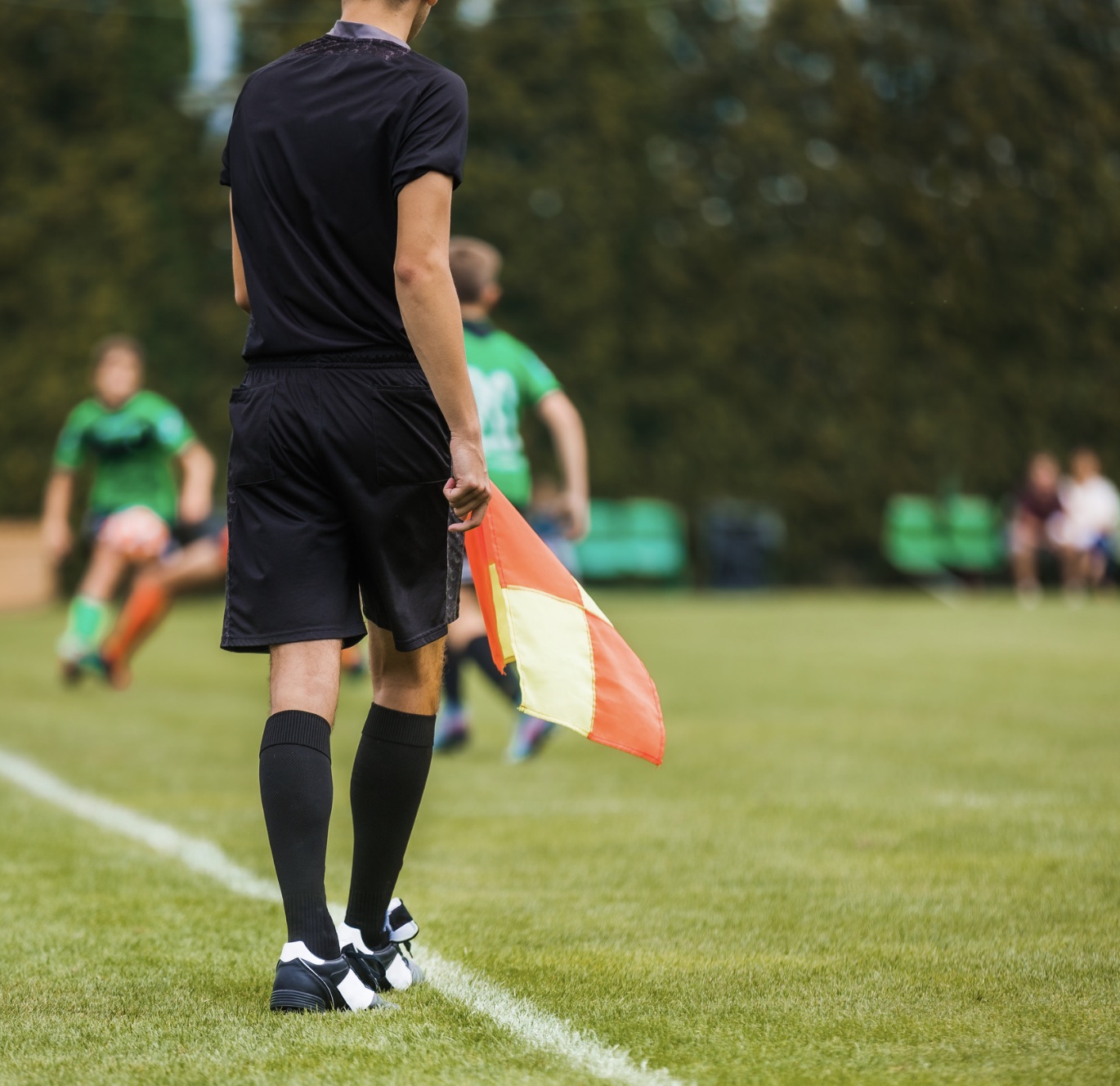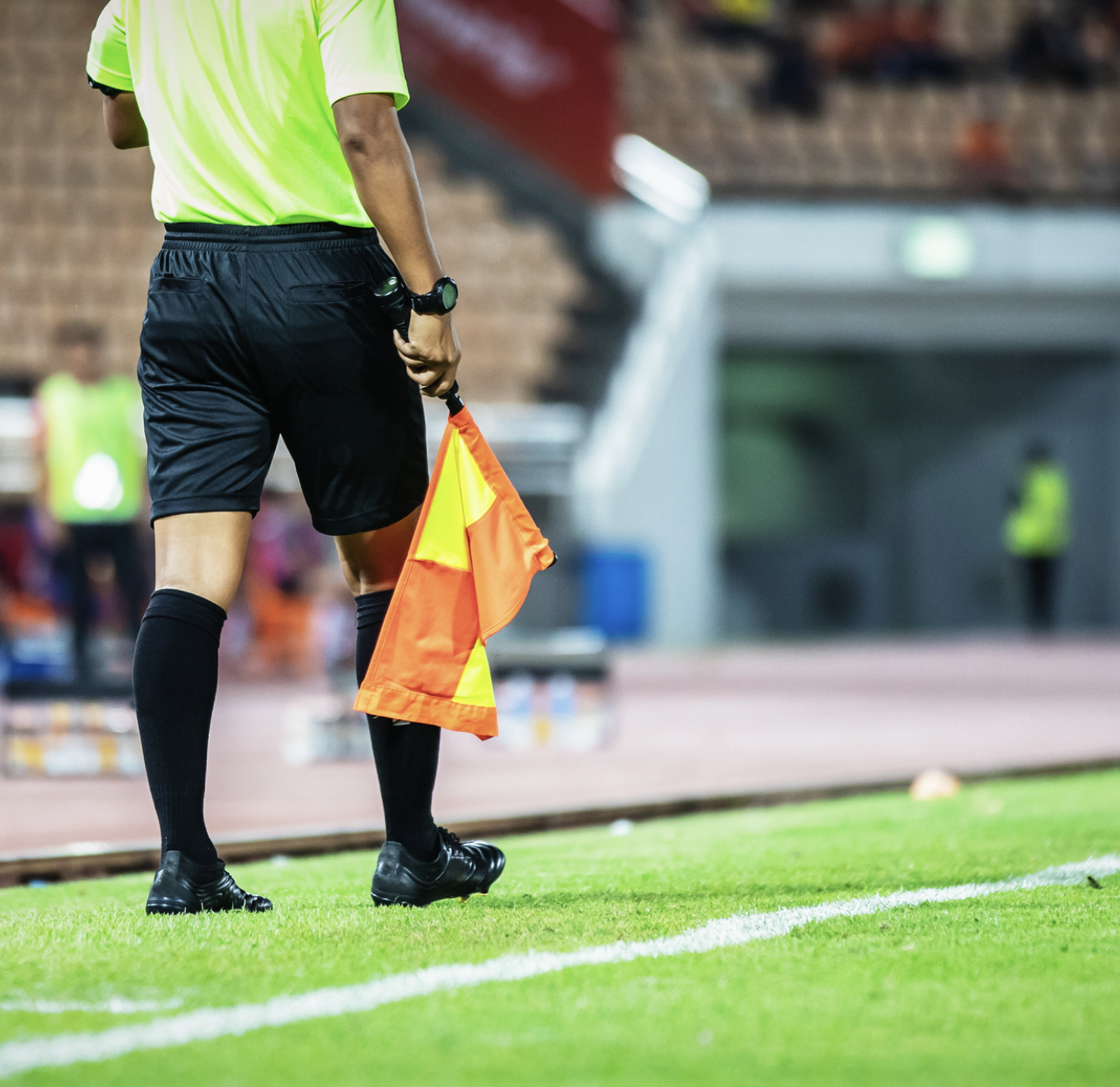What is Offsides in Soccer? Understanding One of the Most Confusing Soccer Rules
Soccer is a sport beloved by millions of people around the world. It can be beautiful, thrilling, and full of surprises. But for newcomers to the game, soccer rules can seem confusing and difficult to understand. A lot of new fans as themselves, what is offsides in soccer? One of the most confusing rules in soccer is the offside rule. Many people have heard of it, but few really understand what it means. In this article, we'll explain what offsides in soccer is, how it works, and why it's important. One thing to point out is offsides does not apply to ones own half. You cannot be offsides on your half of the field. Also, other versions of soccer do not have offsides. Futsal, the official version of indoor soccer does not have an offsides rule.
What is Offsides in Soccer?

Offsides in soccer is a rule that is designed to prevent attacking players from gaining an unfair advantage. According to the rule, a player is offside if they are closer to the opponent's goal than both the ball and the second-last defender, at the moment the ball is passed to them. In other words, if a player is behind the last defender when the ball is passed, but closer to the opponent's goal, they are offside.
How Does Offsides in Soccer Work?
Offsides in soccer can be a difficult rule to understand, especially since it can be difficult to judge in real-time. Here's a step-by-step breakdown of how it works:
- The ball is passed to an attacking player.
- The referee or linesman (also called an assistant referee) determines whether the attacking player is in an offside position.
- If the attacking player is in an offside position, they must not interfere with play. This means they cannot touch the ball, attempt to play the ball, or interfere with an opponent.
- If the attacking player in an offside position interferes with play, the referee will blow the whistle and award a free-kick to the defending team.

Why is Offsides in Soccer Important?
Offsides in soccer is an important rule because it helps to balance the game and prevent attacking players from gaining an unfair advantage. Without this rule, attacking players could simply stand near the opponent's goal and wait for the ball to be passed to them. This would make it much easier to score goals, and would make the game less fair and less exciting.
H5: Common Misconceptions about Offsides in Soccer
Despite the fact that offsides is a fundamental soccer rule, there are still many misconceptions about how it works. Here are a few of the most common:
- A player cannot be offside if they receive the ball directly from a goal kick, corner kick, or throw-in. This is not true. The offside rule applies in all situations except for when the ball is kicked directly from a free-kick.
- A player cannot be offside if they are level with the last defender. This is not true. If a player is level with the last defender when the ball is passed, they are not offside.
- A player must touch the ball to be considered offside. This is not true. If a player is in an offside position and interferes with play, they are considered offside, even if they don't touch the ball.
What is offsides in soccer FAQs
Q: Can a player be offside in their own half?
A: No. The offside rule only applies in the opponent's half of the field.
Q: Can a player be offside if they receive the ball from a teammate who is also offside?
A: Yes. If a player receives the ball from a teammate who is in an offside position, they are also considered to be offside.
Q: Can a player be offside if they are not actively involved in the play?
A: Yes. If a player is in an offside position and is deemed to be interfering with play, they are considered offside.
Conclusion:
Offsides in soccer is a key rule that helps to balance the game and prevent attacking players from gaining an unfair advantage. By understanding how the rule works, you can better appreciate the game and enjoy it to the fullest. Remember, if a player is closer to the opponent's goal than both the ball and the second-last defender, they are offside. If they interfere with play, the referee will blow the whistle and award a free-kick to the defending team. By keeping these rules in mind, you can better understand this important aspect of soccer. Offsides is for official and 11 v 11 matches. We don't recommend applying offsides to small match play. Say, you are playing with your friends 3v3 or even 5v5 we recommend offsides not be applied in small fields. Youth players under 12 will have a hard time understanding this concept. We recommend not applying offsides to youth matches. There are leagues at the youth level that will have a line that cannot be passed until the ball is touched. This is a good alternative to help prevent unfair advantage.
